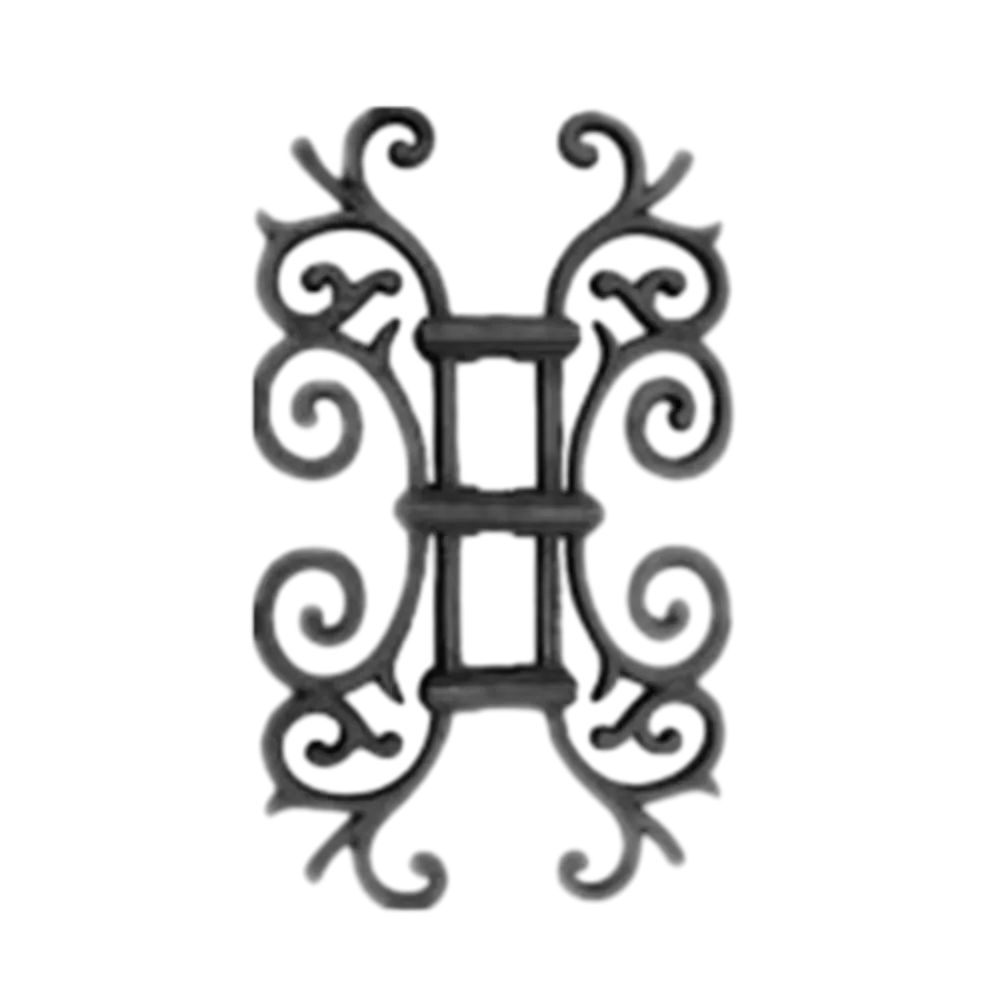decorative castings
The Aesthetic Appeal of Decorative Castings
Decorative castings have long played a significant role in architecture and design, adding character and charm to various spaces. This unique technique involves pouring molten metal into molds to create intricate designs, allowing artisans to transform raw materials into functional works of art. With a history spanning centuries, decorative castings continue to captivate designers and homeowners alike, proving their relevance in contemporary aesthetics.
One of the key attributes of decorative castings is their versatility. Artists and craftsmen can work with a range of metals, including iron, bronze, aluminum, and even stainless steel. This adaptability enables them to create diverse designs that complement an array of architectural styles, from classical and traditional to modern and minimalist. Whether adorning staircases, balustrades, or garden gates, decorative castings can enhance the visual appeal of any structure.
The process of creating decorative castings is as fascinating as the final product. It typically begins with the design phase, where artisans sketch concepts and select suitable materials. Once a design is finalized, a mold is created, often from a combination of sand and binders or through advanced techniques like lost-wax casting. The molten metal is then poured into the mold and allowed to cool, setting the intricate details of the design. Afterward, the pieces are polished, finished, and sometimes patinated to enhance their appearance. This meticulous craftsmanship results in items that are not only beautiful but also durable, capable of withstanding the test of time.
Historically, decorative castings have served both functional and aesthetic purposes. In the Victorian era, for example, cast iron became a popular material for decorative elements, adorning everything from railings and fencing to garden furniture. These pieces were often elaborately designed, featuring motifs of nature, geometric patterns, and even mythological themes, reflecting the opulent style of the time. Today, decorative castings continue to embody the same dedication to artistry while evolving with modern design sensibilities.
decorative castings

In contemporary settings, decorative castings can be strategically utilized to create focal points or subtle enhancements. For instance, ornate cast iron grates can serve as both functional air vents and eye-catching additions to flooring. Similarly, decorative metalwork in the form of wall art or sculptures can introduce an intriguing element to interior spaces. Moreover, outdoor areas can benefit from decorative castings in the form of benches, light fixtures, and garden gates, enhancing the overall atmosphere of the landscape.
While the aesthetic benefits of decorative castings are undisputed, they also contribute to sustainable design practices. The longevity of metal castings means that fewer resources are required for replacements, and many artisans prioritize environmentally friendly materials and processes. This aligns with the growing trend of sustainability in design, where products are evaluated not just for their visual appeal but also for their environmental impact.
As technology advances, the possibilities for decorative castings continue to expand. Innovations in 3D printing and computer-aided design (CAD) enable artists to create more intricate and precise patterns than ever before. These technological advancements allow for a blend of traditional craftsmanship with modern techniques, resulting in unique pieces that resonate with both historical significance and contemporary relevance.
In conclusion, decorative castings are more than mere embellishments; they represent a harmonious fusion of art, functionality, and sustainability. From their historical roots to modern innovations, these pieces enrich our environments and elevate our aesthetic experiences. As we continue to explore the potential of decorative castings, it becomes clear that their charm lies in their ability to tell stories, evoke emotions, and transform spaces into works of art. Whether in a grand architectural masterpiece or a cozy home, decorative castings remain a timeless tribute to the creativity and craftsmanship of human hands.
-
Wrought Iron Components: Timeless Elegance and Structural StrengthNewsJul.28,2025
-
Window Hardware Essentials: Rollers, Handles, and Locking SolutionsNewsJul.28,2025
-
Small Agricultural Processing Machines: Corn Threshers, Cassava Chippers, Grain Peelers & Chaff CuttersNewsJul.28,2025
-
Sliding Rollers: Smooth, Silent, and Built to LastNewsJul.28,2025
-
Cast Iron Stoves: Timeless Heating with Modern EfficiencyNewsJul.28,2025
-
Cast Iron Pipe and Fitting: Durable, Fire-Resistant Solutions for Plumbing and DrainageNewsJul.28,2025
-
 Wrought Iron Components: Timeless Elegance and Structural StrengthJul-28-2025Wrought Iron Components: Timeless Elegance and Structural Strength
Wrought Iron Components: Timeless Elegance and Structural StrengthJul-28-2025Wrought Iron Components: Timeless Elegance and Structural Strength -
 Window Hardware Essentials: Rollers, Handles, and Locking SolutionsJul-28-2025Window Hardware Essentials: Rollers, Handles, and Locking Solutions
Window Hardware Essentials: Rollers, Handles, and Locking SolutionsJul-28-2025Window Hardware Essentials: Rollers, Handles, and Locking Solutions -
 Small Agricultural Processing Machines: Corn Threshers, Cassava Chippers, Grain Peelers & Chaff CuttersJul-28-2025Small Agricultural Processing Machines: Corn Threshers, Cassava Chippers, Grain Peelers & Chaff Cutters
Small Agricultural Processing Machines: Corn Threshers, Cassava Chippers, Grain Peelers & Chaff CuttersJul-28-2025Small Agricultural Processing Machines: Corn Threshers, Cassava Chippers, Grain Peelers & Chaff Cutters












